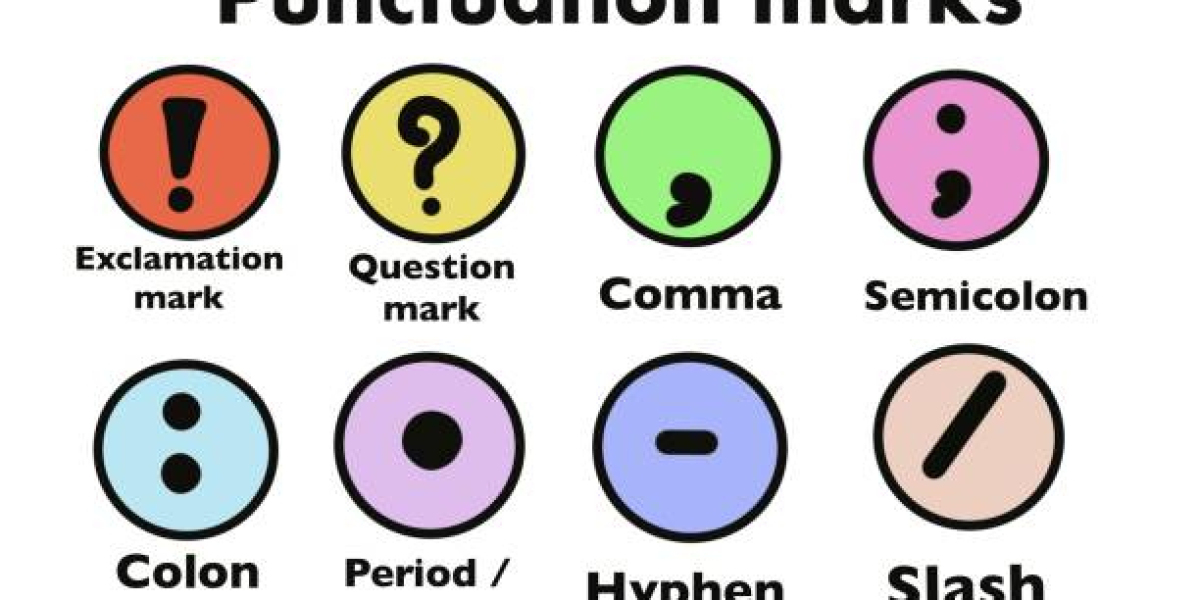Mastering the comma is essential for clear, persuasive essay writing. This guide demystifies comma rules, transforming this tiny punctuation mark from a source of anxiety into a powerful tool for controlling pace and meaning, ensuring your arguments are always understood as intended.
Introduction: Why the Comma Matters
The humble comma is the workhorse of punctuation, a tiny curve with immense power. In essays, its correct use separates polished prose from confusing text. It dictates rhythm, clarifies meaning, and prevents embarrassing misunderstandings. Mastering it is not pedantry; it’s essential for conveying complex ideas with precision and authority, ensuring your reader focuses on your argument, not your errors, which is crucial for top tier Economics Essay Help.
The Comma’s Core Functions
Understanding the comma’s primary roles simplifies its application. Fundamentally, it acts as a separator, creating necessary pauses to organize thoughts within a sentence. It distinguishes between main and supporting elements, preventing clauses and phrases from merging into an incomprehensible block. This structural function is the foundation upon which all specific rules are built, making your writing logically ordered and easy to follow.
Rule 1: The Serial Comma (Oxford Comma)
The serial comma appears before the conjunction in a list of three or more items. Its use prevents ambiguity, famously illustrated by the dedication: “To my parents, Ayn Rand and God.” Including the Oxford comma clarifies: “To my parents, Ayn Rand, and God.” Always using it ensures your lists are interpreted correctly, making it a best practice for academic and formal writing where clarity is paramount.
Rule 2: Separating Independent Clauses
Use a comma before a coordinating conjunction (for, and, nor, but, or, yet, so) when it links two independent clauses. Each clause must form a complete sentence on its own. For example: “The experiment was successful, but the results were unexpected.” This comma signals the relationship between two equally important ideas, preventing a run on sentence and making your writing more structured and readable.
Rule 3: Setting Off Introductory Elements
Always place a comma after introductory words, phrases, or clauses that begin a sentence. Examples include: “However, the theory remains unproven.” or “After analyzing the data, we reached a conclusion.” This comma provides a pause, signaling the end of the introductory element and the start of the main clause. It helps readers navigate your sentence structure smoothly from the very beginning.
Rule 4: Offsetting Non Restrictive Elements
Use paired commas to set off non restrictive clauses or phrases. These elements add extra, non essential information about a noun. For example: “The author, who wrote the novel in Paris, won the award.” If removed, the core meaning remains. Restrictive clauses, which are vital to meaning, require no commas: “The author who wrote the novel in Paris won the award.” This distinguishes specific authors.
Rule 5: Avoiding the Comma Splice
A comma splice is a major error where two independent clauses are joined only by a comma, lacking a conjunction. Incorrect: “The essay was finished, it was submitted on time.” Correct it by adding a conjunction (“…finished, and it was…”), using a semicolon (“…finished; it was…”), or creating two sentences. Avoiding splices is crucial for grammatical integrity and professional presentation.
Advanced Comma Usage: A Quick Look
Beyond core rules, commas separate coordinate adjectives (a long, complex essay), set off absolute phrases (The deadline past, he sighed in relief), and distinguish contrasted elements (Hard work, not talent, determines success). They also appear in geographical names and dates. While these uses are more nuanced, they follow the same principle: the comma acts as a logical separator to prevent misreading and enhance clarity.
Conclusion: Mastering the Pause
Comma mastery is a hallmark of a skilled writer. By internalizing these fundamental rules, you transform uncertainty into confidence. This tiny mark becomes a deliberate tool for controlling your prose’s rhythm and meaning. Consistent practice ensures your essays are not only grammatically sound but also elegantly clear, allowing your ideas to shine without distraction from avoidable punctuation errors.
FAQs
Q: Is the Oxford comma always necessary?
A: While some style guides omit it, always using the Oxford comma prevents ambiguity. It is strongly recommended for academic writing to ensure absolute clarity in lists.
Q: What is the most common comma error?
A: The comma splice is a frequent mistake. It occurs when two complete sentences are incorrectly joined by a comma alone, without a coordinating conjunction.
Q: Do I need a comma after a short introductory word?
A: Yes, typically you do. Words like “However,” “Therefore,” and “Finally” at the start of a sentence should be followed by a comma to separate them from the main clause.
Q: How can I check if my comma usage is correct?
A: Read the sentence aloud. If you naturally pause where the comma is placed, it is often correct. Also, learn to identify independent clauses and introductory elements.

















